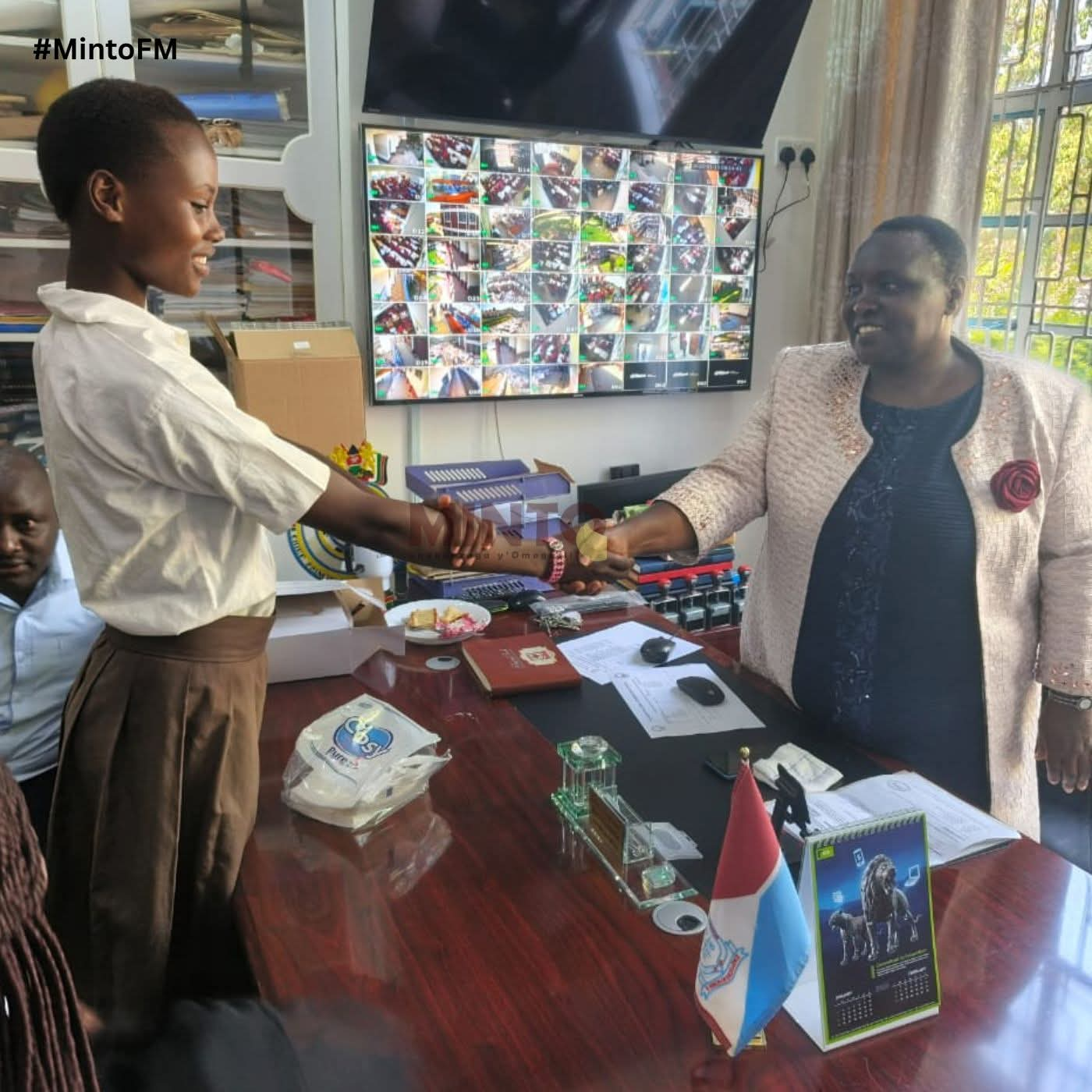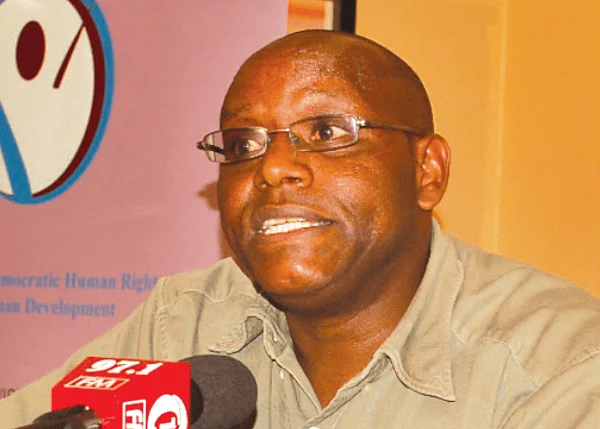There are basically two types of relationships that you should be aware of in today’s complex and emotionally challenging environment. The first relationship is harmful. These relationships destroy self-respect, hinder a person’s productivity and health, as well as dealing with addictions and/or violence. The second type of relationships is violent. In this relationship another person is harmed physically, mentally, and/or emotionally.
Perhaps you are in an unstable and potentially violent relationship at this moment. Or, maybe you’re not sure about the stability of your present situation. Rather you’re married or unmarried, you need to understand the type of relationship that you’re in just in case you need some sort of psychological or emotional support.
Simply put, when a person is being abused, it means that they are being treated with violence, disrespect, cruelty, harm or force. If you are in this type of relationship now it means that you are in an abusive relationship. The abuse is sometimes presented in a very subtle manner, and often times can go unnoticed. However, the abuse is usually presented in the forms of physical, emotional, sexual and psychological manipulation.
Relationships can be harmful and violent, and they can cause a person to become depressed and a lack of well-being. Is that you! Verbal and written threats are also traits of relationships violence. Other forms of violence can be expressed as physical acts of violence, or other behaviour that are used to intimidate, coerce, shame and fear.
Domestic violence is still a major concern worldwide; with its greatest victims being women. Violence against women worldwide is reported as over 30 per cent. The exact causes of this high percentage are obscured due to lack of data.
So astonishing are the incidences of recorded domestic violence worldwide, it is estimated by World Health Organisation (WHO) that globally about one in three women worldwide have been subjected to either physical and/or sexual intimate partner violence, or non-partner sexual violence in their life time. Most of this type of violence is from intimate partners. Although women and men experience gender based violence, the majority of victims are women and girls.
However, in Kenya, low education levels, finances and religion have been identified as relevant causes of domestic violence. Sexual coercion is listed as a big problem that leads to abuse in Kenya. Unfortunately, gender roles in Kenya contribute to the acceptance of domestic abuse. One good example is when women get pregnant and their partners do not want the pregnancy. Many of these women are more likely to become a victim of domestic abuse because of being in a vulnerable place.
A positive thing is that Kenya has been on the forefront when it comes to domestic violence awareness. Domestic violence is painful and it destroys the future of hundreds to millions of women. The repercussion of domestic violence causes negative mental and physical health issues as well. The negative outcomes from domestic violence are varied; among them including difficult pregnancies, stress, physical, mental injuries, fear, high blood pressure and anxiety.
READ ALSO:
Lamu Governor donates uniforms, desks to primary school learners in Mkunumbi Ward
My take on domestic violence is that many people are taking partners and marrying not always for love, but some for desperation and wrong assumptions. Even though the UN has noted 30 per cent worldwide. I have so many doubts about this estimation, mainly because in the real world there are so many broken, destructive and murderous relationships that are present in our societies today.
Also as a social scientist, and my own research, observations and experiences, there are probably just as many cases of domestic abuse as there are marriages. Why do I say this? This is because there are whole cultures where women are not given the same opportunities as men. This makes women to be inferior to men. Again, women in many cultures are not given access to better health care. Even their governments do not give large amounts of money in their health care budgets for women. Is this not another form of abuse?
Secondary to the abuse of men, there are supposedly “more developed” societies that discriminate and marginalize the men in their communities and cultures. Examples are poor men, old men and gay men, African/Asian men, among others. So it is quite easy to see that all sorts of abuses are practiced throughout our societies.
This article was written so that we can remind ourselves that there are all sorts of harmful and violent relationships in our world. This also includes child/human trafficking, gang violence and terror violence, among others. I have attempted to give a short but detailed profile of what it means to be in a harmful and abusive relationship. The bottom line is that we all, have a part to play in preventing violence and abuse in any form.
“By publicly speaking out against domestic violence, together we can challenge attitudes towards violence in the home and show that domestic violence is a crime and not merely unacceptable”- Honor Blackman
In the next write up, I will be sharing more details about how to protect yourself and loved ones from harmful and violent relationships, and some worldwide data on violence and abuse especially against women around the world.
If you are in a violent or harmful relationship, or someone you know is suffering from abuse, please call the Gender-Based Violence number (1195).
References:
- Risk factors in harmful and violent www.sexualrelationshipviolence.syr.edu
- Domestic violence in www.wikipedia
- Domestic violence www.verywellmind.com
- 5 types of gender based www.coe.int. Types of gender-based violence-The Council of Europe.
- Violence against women- World Health Organisation (WHO) www.who.int.
By Doris Foxworth Odito
Doris can be reached at 0722- 617 404
The writer is a professional counselling psychologist, certified health educator. She holds talks in schools and churches.
You can also follow our social media pages on Twitter: Education News KE and Facebook: Education News Newspaper for timely updates.
>>> Click here to stay up-to-date with trending regional stories
>>> Click here to read more informed opinions on the country’s education landscape
>>> Click here to stay ahead with the latest national news






